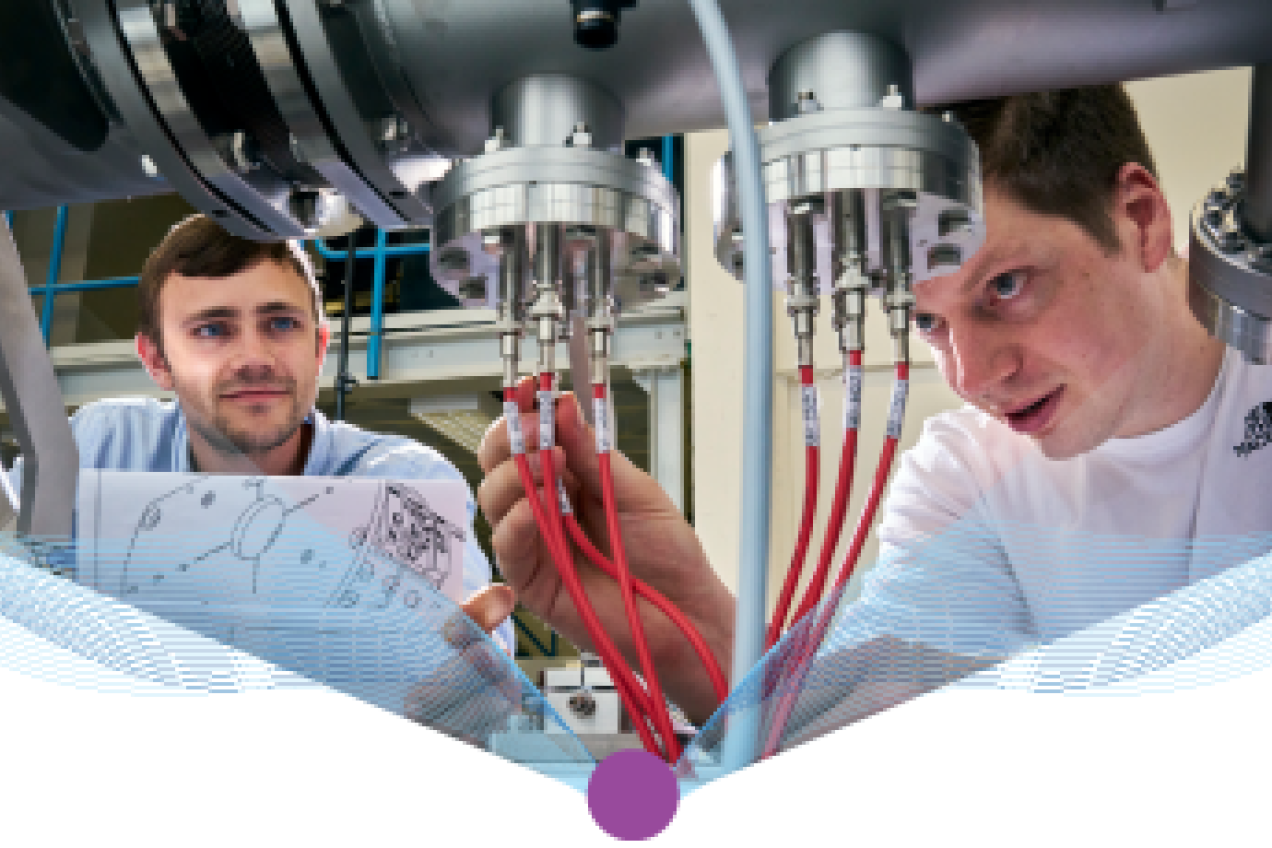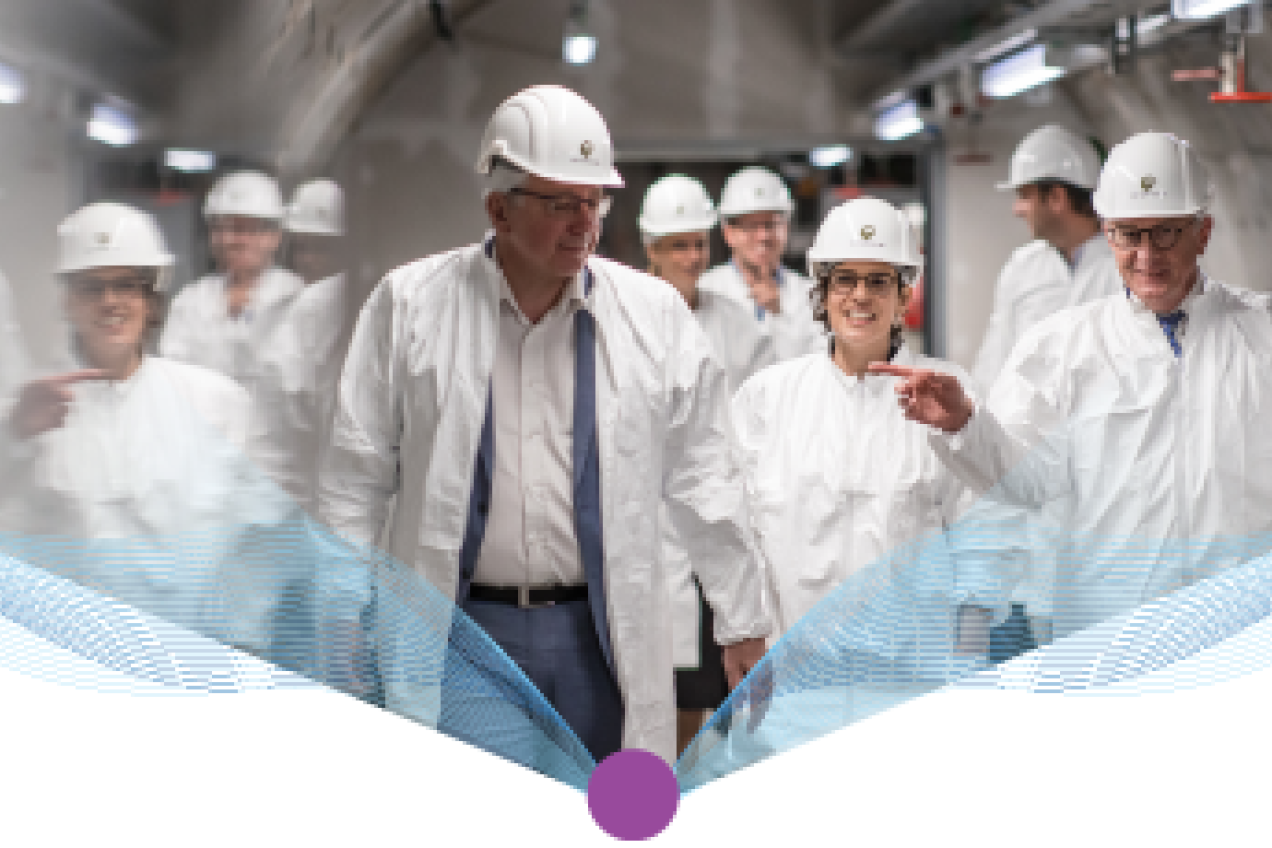'Pioneering work with demolition plan and international expertise'
BR3: final milestone in the dismantlement of the first pressurised water reactor
In 2022, SCK CEN chopped up a large part of the biological shield of Belgian Reactor 3 (BR3). “Thanks to our practical experience, a market-ready guideline and mathematical models, we’ve once again proved ourselves to be a global pioneer,” says Business Developer Guido Mulier. In addition, SCK CEN is actively advancing innovation in decommissioning research through the ANUBIS project.
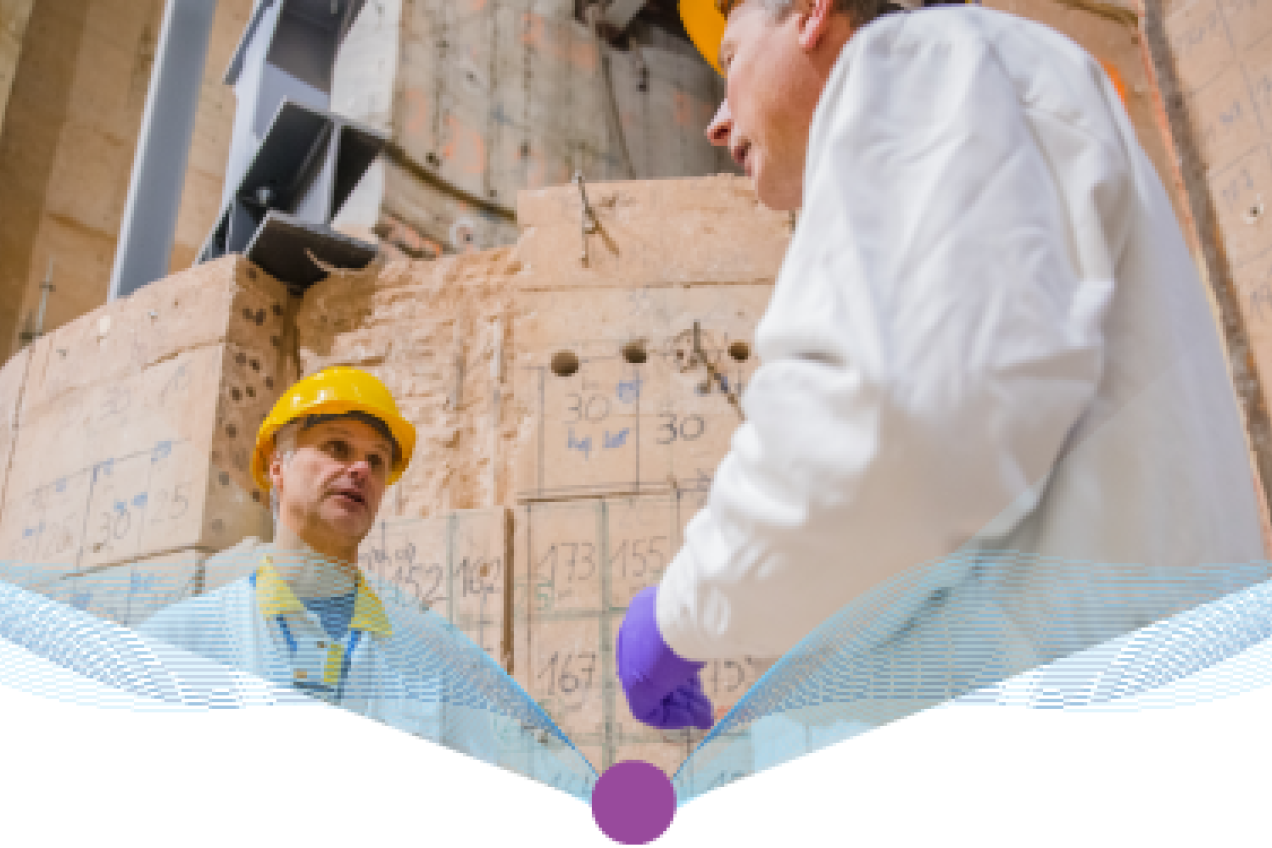
BR3 was used as a prototype for Doel and Tihange. The dismantling has now created a unique database and basis for the decommissioning plan of these nuclear pants. The process reached one of its last crucial milestones in 2022, when the concrete shell around the pressurised water reactor's shell was sawn off. “SCK CEN has shown that the social challenge of dismantling is technically and economically feasible,” says Guido Mulier, Decommissioning Business Developer at SCK CEN. “International researchers, governments and companies are closely following our work on dismantling BR3 as safely and as efficiently as possible.”
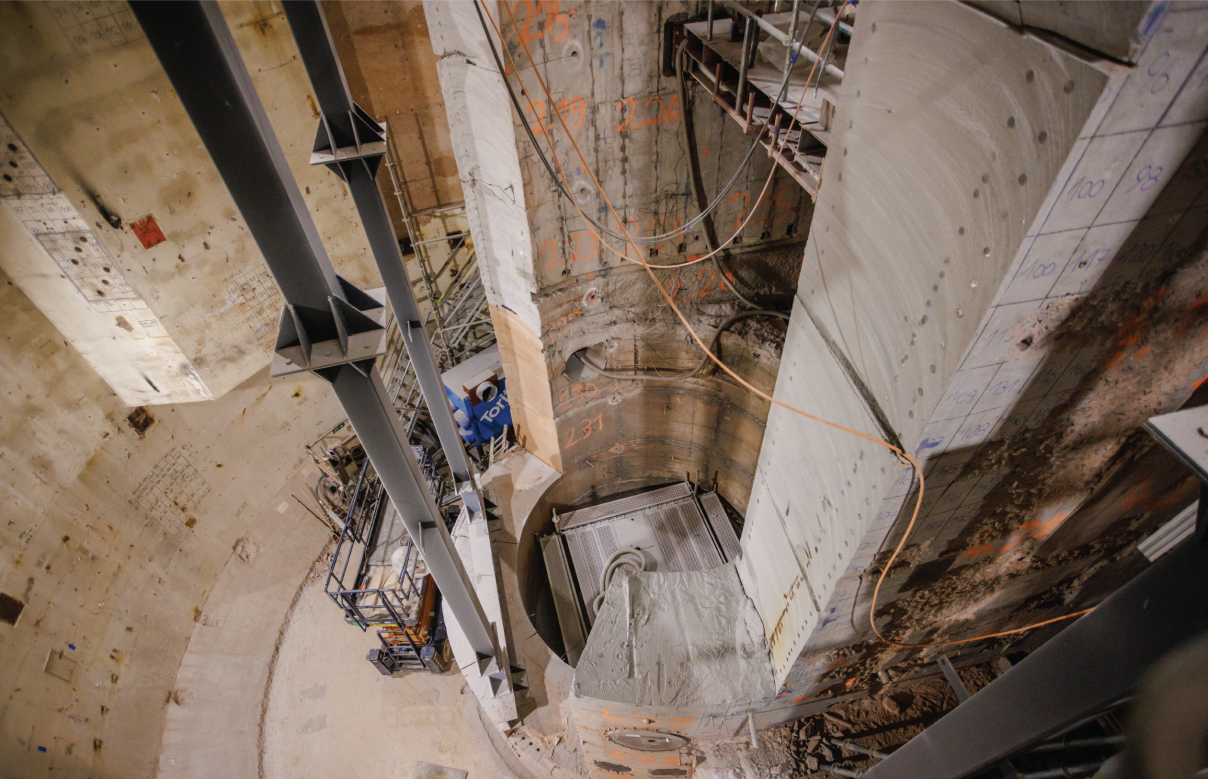
Finish line in sight
BR3, Europe’s first pressurised water reactor, entered into operation in 1962 in Mol, Belgium, and was decommissioned in 1987. The dismantling process of the very first large reactor has been ongoing ever since. The project is now nearing completion; according to the schedule, the outer biological shield will be dismantled during 2023. In recent years, SCK CEN has acquired extensive know-how and experience with dismantling techniques and the search for solutions to reduce the quantity of nuclear waste. “A key question at this stage is how to determine the levels of radioactivity in the various parts,” explains Jérôme Dadoumont, Decommissioning Expert at SCK CEN.
In-house 3D model
“The entire biological shield of the pressurised water reactor can be placed in a repository, as the Germans are planning. Alternatively, it can be determined which parts of the concrete are radioactive and which are not. Belgian law offers the option of conditional release, in addition to ordinary release. By demonstrating that there is no risk to human health or the environment, it's possible to avoid treating virtually uncontaminated concrete from a power station as radioactive waste. This helps alleviate the financial burden on society associated with the costs of processing such materials. We’re relying strongly on this approach in the dismantling phase. This approach is centred on a mathematical 3D model which we developed in-house. It accurately calculates and maps the radioactive values in the concrete down to the decimetre.”
Official green light
The biological shield of BR3 is 15 metres high and 1.2 metres thick. The dismantling requires the disposal of about 1,200 tonnes of concrete; about 100 truckloads. SCK CEN’s calculation model uses historical data, such as measurements and samples, to calculate which concrete parts no longer contain radiation and may be released. After extensive analysis and control measurements, the model was approved by Bel V, the Belgian organisation charged with regulatory control. No additional tests are required for conditional release.
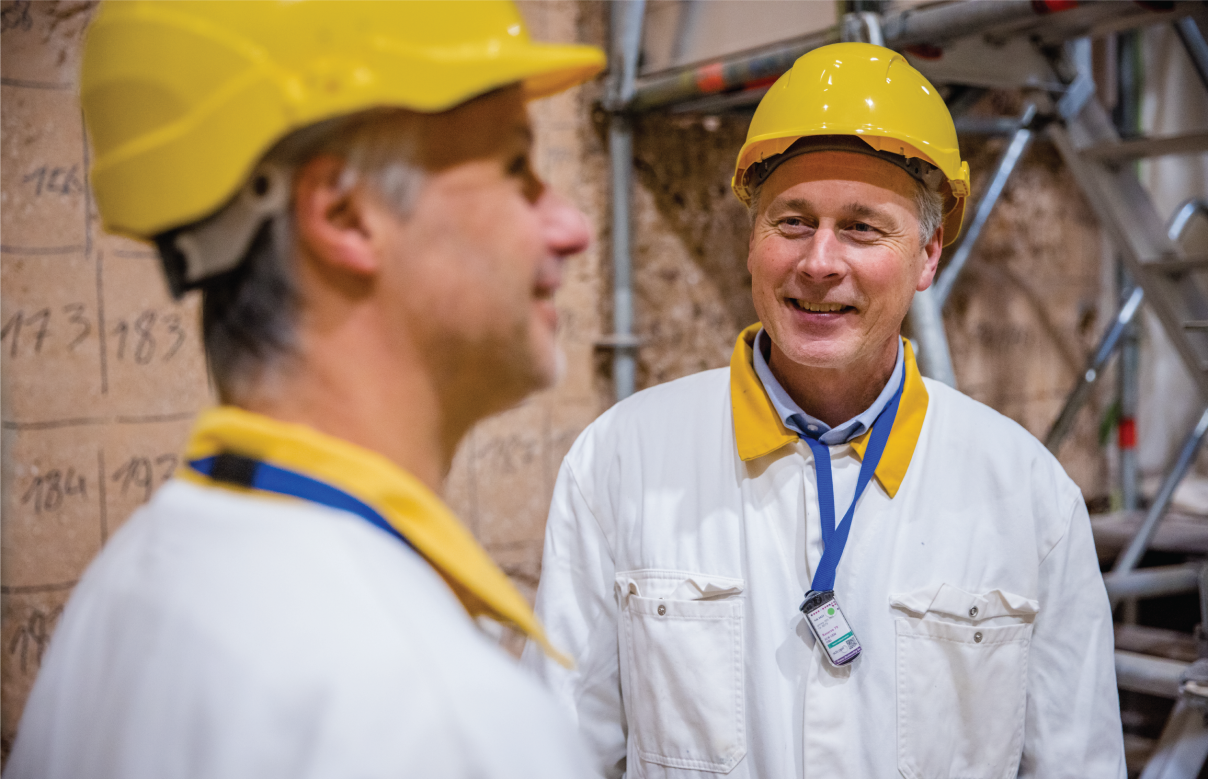
Visual communication
The 3D model has also proved to be a valuable communication tool for the site workers who are sawing the shield on site. “We’re using two types of mechanical segmentation techniques, namely milling and dry sawing with diamond cable,” says Guido Mulier. “The 3D model visualises the depth of concrete we have to remove to give as much material as possible a second life. It’s a useful tool for sustainable dismantling.”
Belgium at the forefront
The BR3 project is just one example of how Belgium is playing a pioneering role on the international playing field in dismantling nuclear installations. Guido Muller: “It was therefore only logical that Belgian Energy Minister Tinne Van der Straeten was invited to open a recent International Atomic Energy Agency (IAEA) conference on the dismantling of nuclear power plants in Vienna. We also presented our insights and working methods at the conference. All those involved in this area, from operators of nuclear power plants to suppliers for the dismantling market, listened with great interest.”
Smarter designs
At the conference, SCK CEN explained that the 3D model also helps in designing nuclear power plants that are easier to dismantle. “In a way, our data functions as a plant’s digital twin,” says Jérôme Dadoumont. “That means it can be used to demonstrate very clearly the future impact of design choice X or Y. We're also using insights from the BR3 project for new installations, along with the guideline for dismantling and the technological know-how that can be used in dismantling projects.”
ANUBIS building
In parallel with the dismantling of BR3, SCK CEN launched the ANUBIS project. “We’re continually investing in technologies and tools to further streamline the dismantling process,” says Guido Mulier. “With support from Belgium and Europe, we’re building a new facility where we’ll be able to set up dismantling operation experiments from 2025. The infrastructure will be open to third parties, and be a gateway to becoming a real Belgian innovation hub.
One of the innovative tools currently being developed by SCK CEN is the 'ANUBIS ALARA Planning Tool'. This software simulates radiation fields and calculates personal doses for a series of activities in a simulated environment. The result is a work plan. "The tool will therefore help prepare dismantling works better, or to draw up additional reports on dose determinations following the works."
